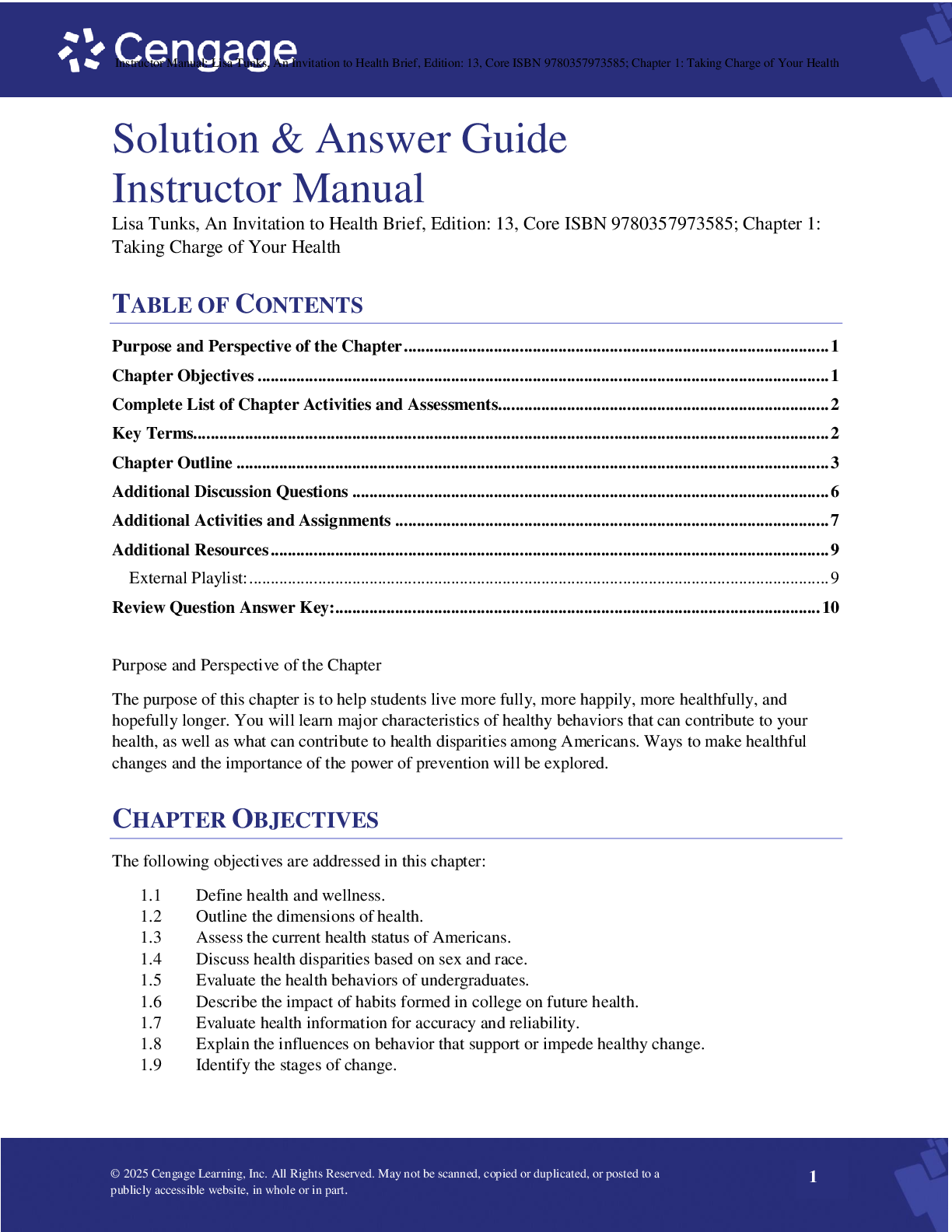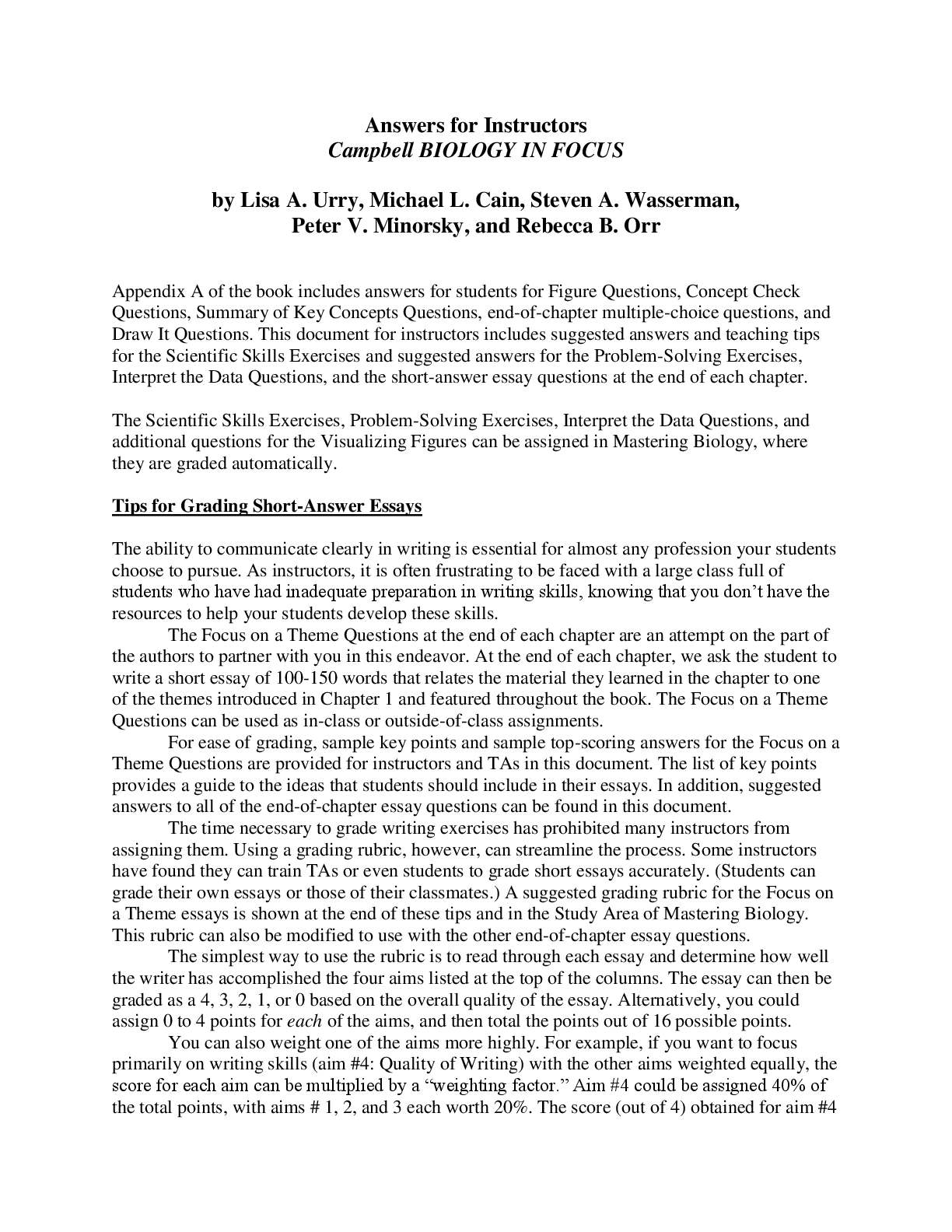Biology > SOLUTIONS MANUAL > SOLUTION MANUAL FOR CAMPBELL 4TH EDITION by Lisa A. Urry, Michael L. Cain, Steven A. Wasserman, Pete (All)
SOLUTION MANUAL FOR CAMPBELL 4TH EDITION by Lisa A. Urry, Michael L. Cain, Steven A. Wasserman, Peter V. Minorsky, and Rebecca B. Orr
Document Content and Description Below
SOLUTION MANUAL FOR CAMPBELL 4TH EDITION by Lisa A. Urry, Michael L. Cain, Steven A. Wasserman, Peter V. Minorsky, and Rebecca B. Orr Appendix A of the book includes answers for students for Figure Qu... estions, Concept Check Questions, Summary of Key Concepts Questions, end-of-chapter multiple-choice questions, and Draw It Questions. This document for instructors includes suggested answers and teaching tips for the Scientific Skills Exercises and suggested answers for the Problem-Solving Exercises, Interpret the Data Questions, and the short-answer essay questions at the end of each chapter. The Scientific Skills Exercises, Problem-Solving Exercises, Interpret the Data Questions, and additional questions for the Visualizing Figures can be assigned in Mastering Biology, where they are graded automatically. Tips for Grading Short-Answer Essays The ability to communicate clearly in writing is essential for almost any profession your students choose to pursue. As instructors, it is often frustrating to be faced with a large class full of students who have had inadequate preparation in writing skills, knowing that you don’t have the resources to help your students develop these skills. The Focus on a Theme Questions at the end of each chapter are an attempt on the part of the authors to partner with you in this endeavor. At the end of each chapter, we ask the student to write a short essay of 100-150 words that relates the material they learned in the chapter to one of the themes introduced in Chapter 1 and featured throughout the book. The Focus on a Theme Questions can be used as in-class or outside-of-class assignments. For ease of grading, sample key points and sample top-scoring answers for the Focus on a Theme Questions are provided for instructors and TAs in this document. The list of key points provides a guide to the ideas that students should include in their essays. In addition, suggested answers to all of the end-of-chapter essay questions can be found in this document. The time necessary to grade writing exercises has prohibited many instructors from assigning them. Using a grading rubric, however, can streamline the process. Some instructors have found they can train TAs or even students to grade short essays accurately. (Students can grade their own essays or those of their classmates.) A suggested grading rubric for the Focus on a Theme essays is shown at the end of these tips and in the Study Area of Mastering Biology. This rubric can also be modified to use with the other end-of-chapter essay questions. The simplest way to use the rubric is to read through each essay and determine how well the writer has accomplished the four aims listed at the top of the columns. The essay can then be graded as a 4, 3, 2, 1, or 0 based on the overall quality of the essay. Alternatively, you could assign 0 to 4 points for each of the aims, and then total the points out of 16 possible points. You can also weight one of the aims more highly. For example, if you want to focus primarily on writing skills (aim #4: Quality of Writing) with the other aims weighted equally, the score for each aim can be multiplied by a ―weighting factor.‖ Aim #4 could be assigned 40% of the total points, with aims # 1, 2, and 3 each worth 20%. The score (out of 4) obtained for aim #4 is multiplied by 40, and each of the others multiplied by 20, giving a total of 400 points (160 + 80 + 80 + 80 = 400). To train TAs to grade essays in a large class, the instructor should first read through some of the essays, looking for a representative example of each of the five scores (4, 3, 2, 1, and 0 for the simplest grading scheme described above). Copies of the five representative essays (with scores hidden) can be passed out to TAs, asking them to grade the essays based on the rubric and a 0-4 grading scheme. Subsequent discussion with the TAs about their essay rankings should clarify the standards, after which they can be given a few ―test‖ essays to grade to ensure consistency in grading practices. This training exercise should take no more than 30-45 minutes. Using a similar rubric and training scheme, the Montgomery County Public School System in Maryland has been able to train a team of instructors to grade thousands of short essays consistently in a relatively short time. There is also a web-based program called Calibrated Peer Review (CPR) (developed at UCLA with funding from the National Science Foundation and the Howard Hughes Medical Institute) that trains students to evaluate their own work or that of their classmates (―peers‖). The program is described at http://cpr.molsci.ucla.edu/. When assigning essays, the instructor should point out the rubric to students (in the Study Area of Mastering Biology) or provide a customized rubric to students. Students can then refer to the rubric before writing to see what is expected of them. They can also check their essay before submitting it to make sure they have met all the criteria in the rubric. Instructors should also encourage students to read the Writing Tips provided under ―Additional Resources / Writing Tips and Rubric‖ in the Study Area of Mastering Biology, which also includes the suggested grading rubric. [Show More]
Last updated: 3 days ago
Preview 5 out of 129 pages

Loading document previews ...
Buy this document to get the full access instantly
Instant Download Access after purchase
Buy NowInstant download
We Accept:

Reviews( 0 )
$7.50
Can't find what you want? Try our AI powered Search
Document information
Connected school, study & course
About the document
Uploaded On
Jul 31, 2025
Number of pages
129
Written in
Additional information
This document has been written for:
Uploaded
Jul 31, 2025
Downloads
0
Views
5


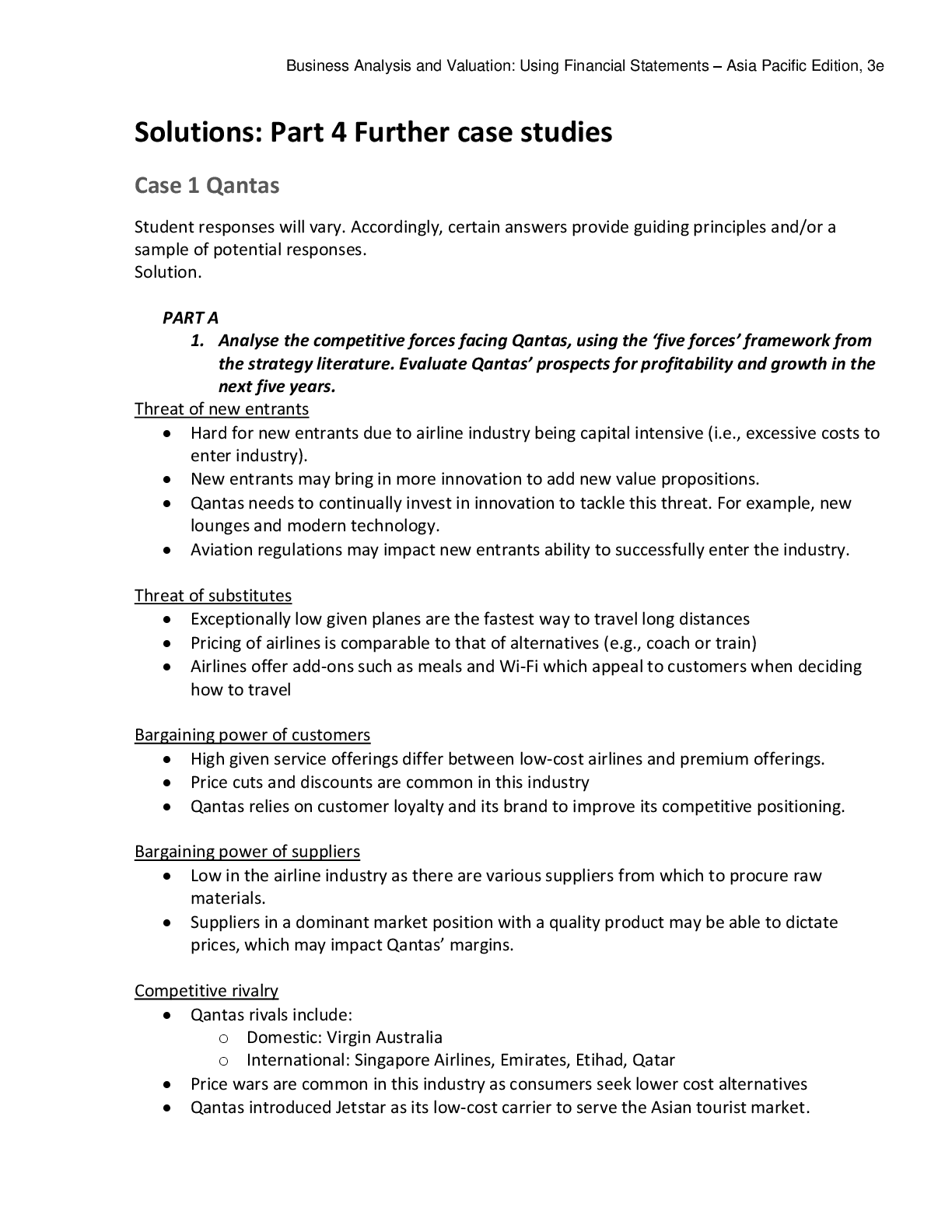

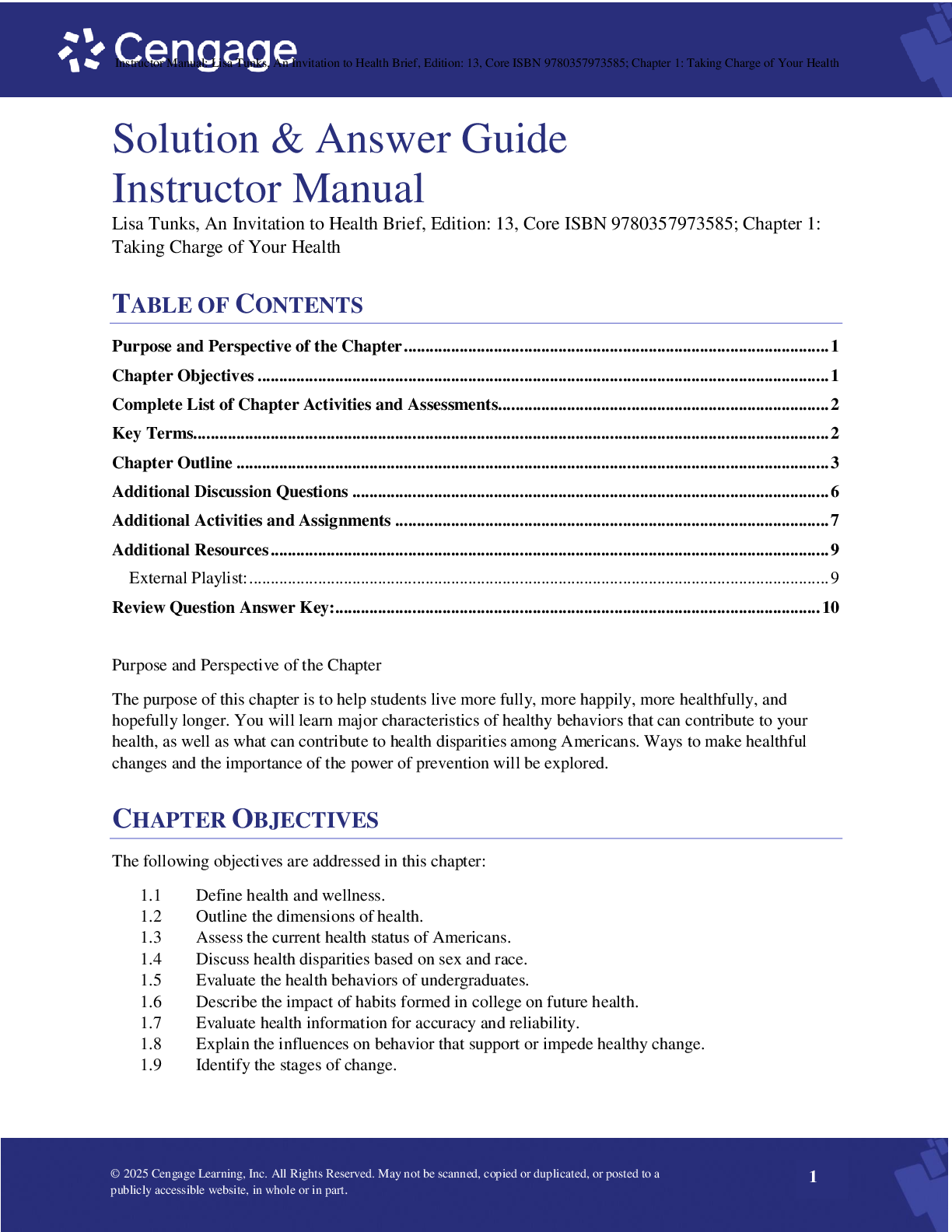
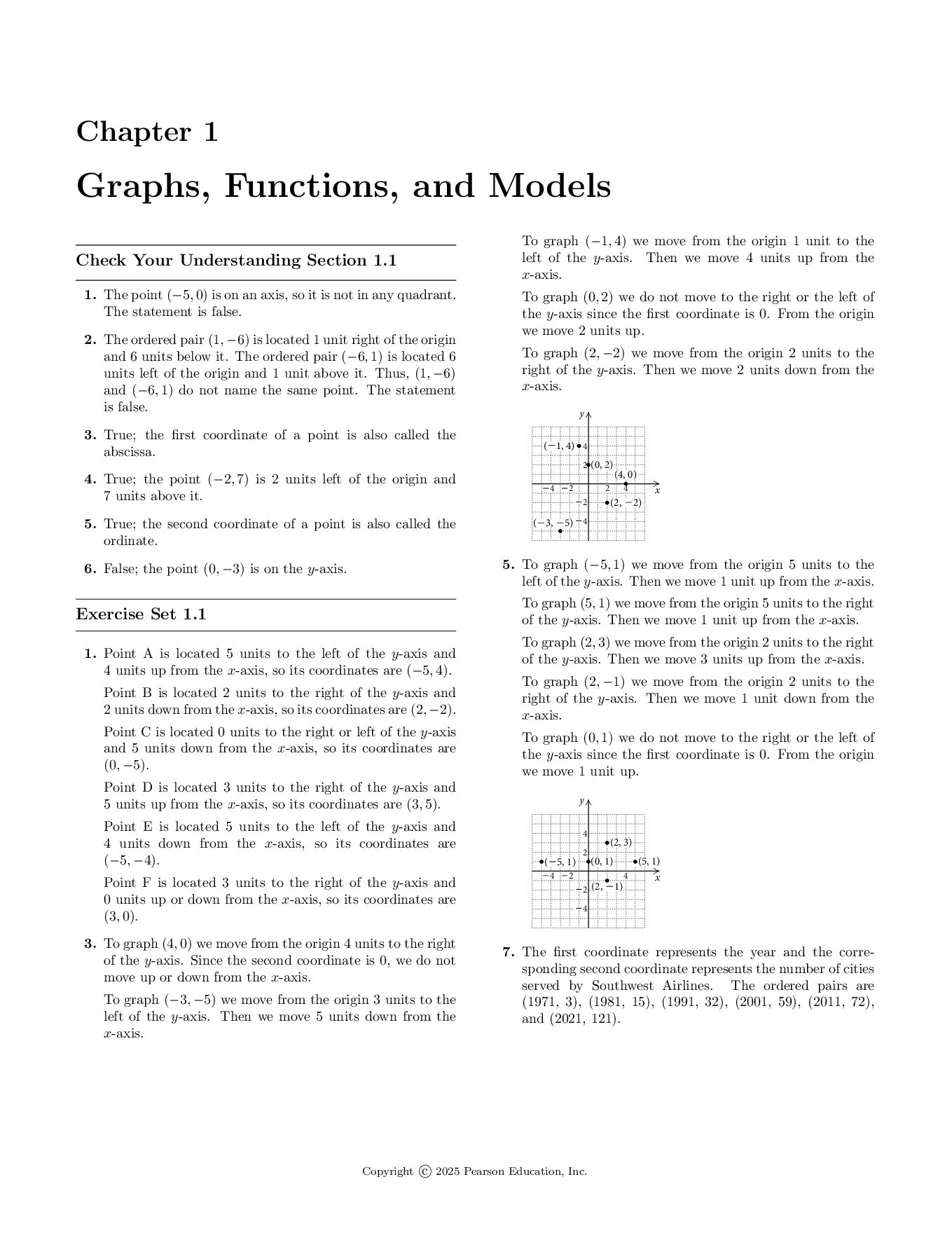

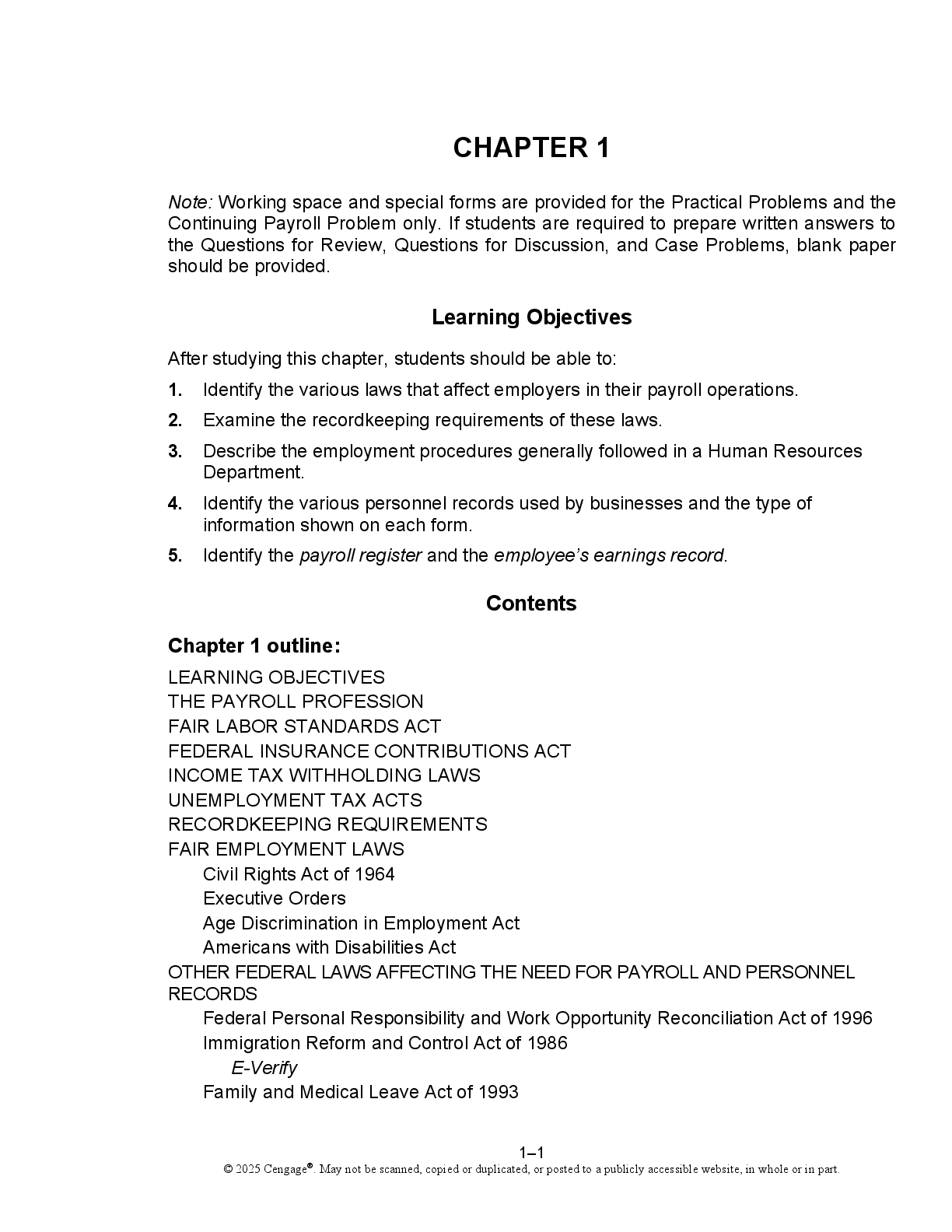
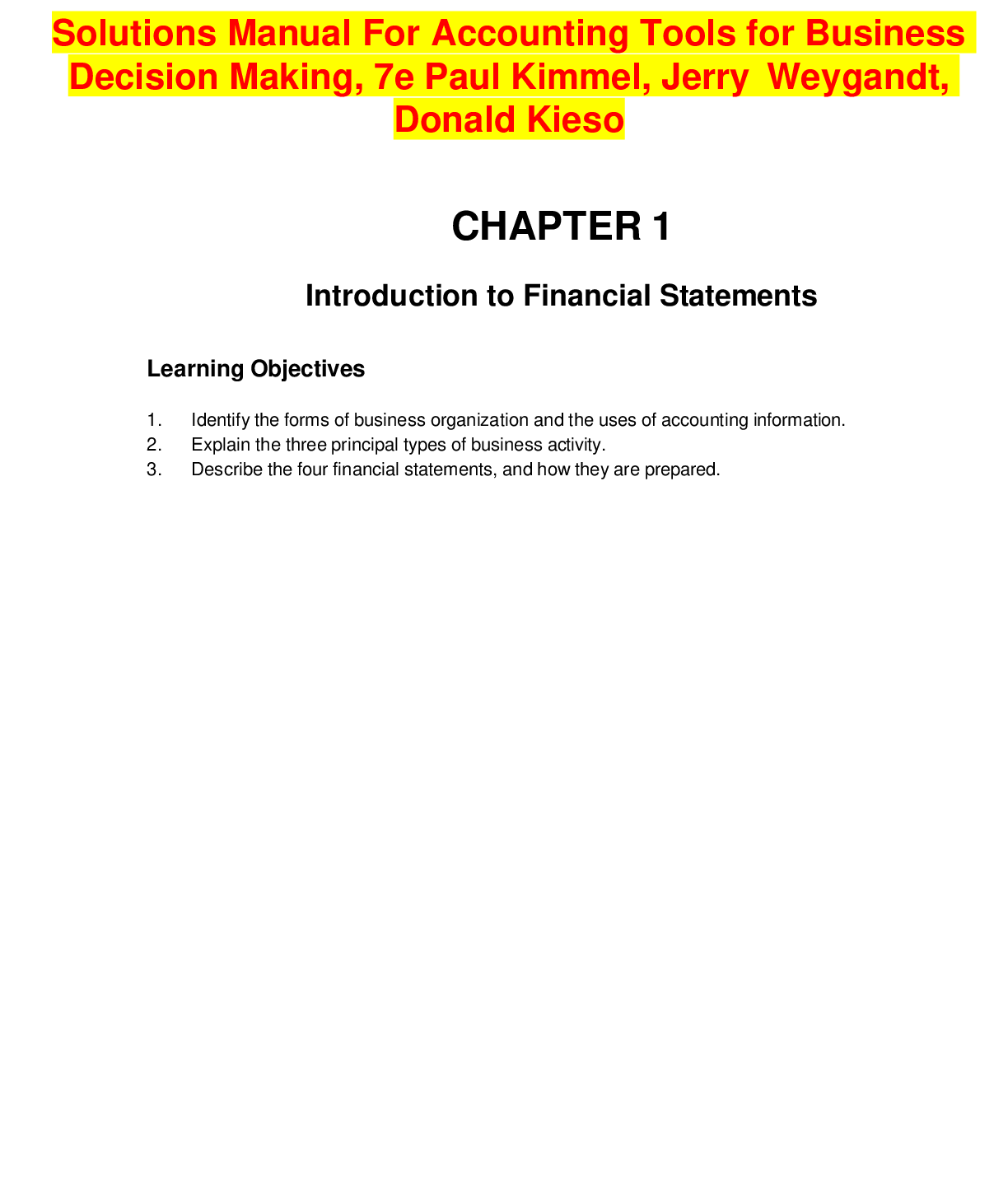

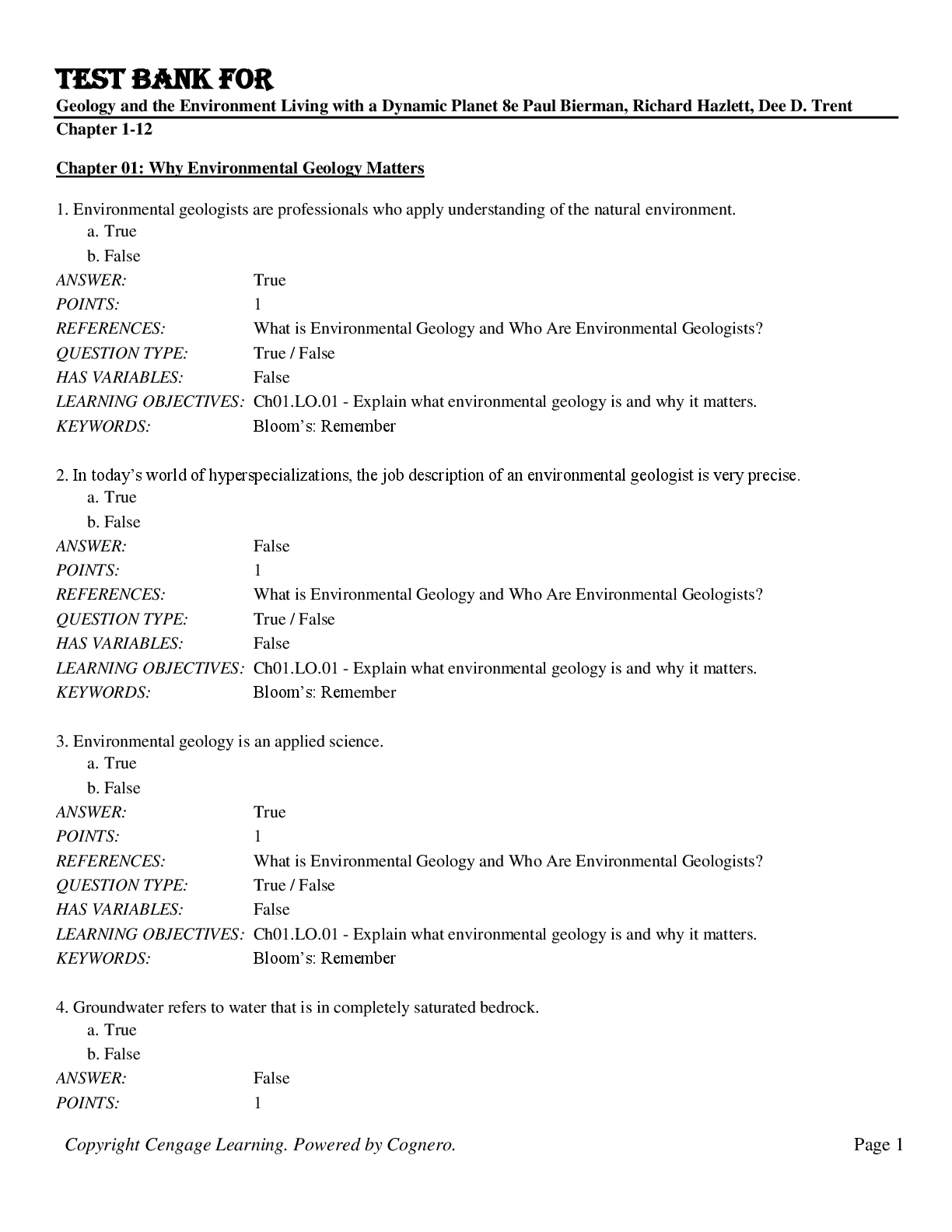

, 1st edition By Lisa Fridsma, Brie Gyncild.png)

